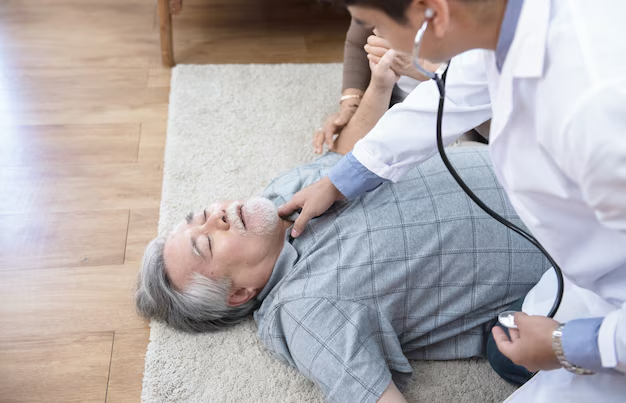Discovering the Power of Fall Prevention Classes for Seniors
Falling is one of the most significant risks to the health and vitality of older adults. With one in four Americans aged 65 or older falling each year, the importance of fall prevention cannot be overstated. Fall prevention classes for seniors are emerging as a powerful tool in mitigating this risk, offering more than just safety—they empower elders to maintain their independence.
Understanding Fall Prevention Classes
Fall prevention classes are specialized programs designed to reduce the risk of falls among seniors by improving balance, strength, and confidence. They often combine exercises like yoga, Tai Chi, and strength training to facilitate physical well-being. In addition to fitness, these classes also provide education on fall-proofing the home environment, which is a critical aspect of reducing fall-related injuries.
The Benefits of Participation
Participating in fall prevention classes provides seniors with numerous benefits:
- Improved Balance and Coordination: Exercises are tailored to enhance balance and prevent the stumbles that can lead to falls.
- Increased Strength: Strength training helps to build muscle, which plays a crucial role in maintaining stability.
- Boosted Confidence: With better skills to prevent falls, seniors often feel more confident and independent.
- Social Engagement: Classes offer opportunities to make social connections, which are vital for emotional health and reducing the feelings of isolation.
Government Support and Financial Programs
Recognizing the significance of these programs, many communities offer government-subsidized classes. State and local health departments often partner with community centers to provide affordable or free access to fall prevention programs for seniors.
Financial Assistance Options
For those needing additional support, there are various financial assistance resources available:
- Medicare and Medicaid: These programs sometimes cover certain aspects of fall prevention, like medical assessments that could mitigate risks.
- Senior Centers and Community Programs: Many local organizations offer free or low-cost classes.
- Veterans Benefits: Veterans can inquire about specific programs offered through the Veterans Health Administration that could provide assistance.
Expanding the Support Network
While fall prevention classes are invaluable, other tools can further enhance seniors' lives. Exploring credit card solutions designed for seniors, such as those offering low interest or cash-back options, can help manage expenses related to healthcare and wellness classes. Additionally, seniors might find educational grants beneficial, especially if they want to explore new interests or part-time learning opportunities to stay mentally active.
Exploring Credit and Debt Solutions
Older adults often navigate tricky financial landscapes, from fixed incomes to mounting healthcare costs. Considering debt relief options or specialized credit counseling can ease financial burdens, ensuring that seniors can focus on their health and well-being without unnecessary financial stress. Many organizations offer debt relief consultation to guide seniors through budgeting and managing expenses effectively.
Encouraging a Holistic Approach
In conclusion, fall prevention classes represent a vital piece of the puzzle in empowering seniors to not only avoid debilitating accidents but to thrive in their later years. By complementing these classes with comprehensive support systems—financial assistance, tailored credit solutions, and continued educational opportunities—seniors can enjoy a balanced and fulfilling lifestyle.
☑️ Financial Assistance for Seniors:
- Medicare & Medicaid: Potential coverage for medical aspects of fall prevention.
- Community Programs: Access to free or affordable classes.
- Veterans Benefits: Special programs for veteran support.
- Debt Relief Options: Guidance on managing expenses and debt.
- Educational Grants: Funding for continued learning and growth.

- Dental Care Services
- Understanding Prescription Drug Coverage For Seniors
- Navigating Health Insurance Plans Tailored For Seniors
- Understanding The Role Of Primary Care Physicians Specializing In Geriatrics
- Comprehensive Guide To Maintenance Services For Seniors: From Lawn Care To Home Repair
- Navigating The World Of Housekeeping Services For Seniors
- An Expansive Guide To Home Modification Services For Seniors: Starting With Grab Bars And Beyond
- Understanding Respite Care Facilities For Seniors
- Navigating Assisted Living Facilities: A Comprehensive Guide For Seniors
- Your Ultimate Guide To Retirement Communities For Seniors